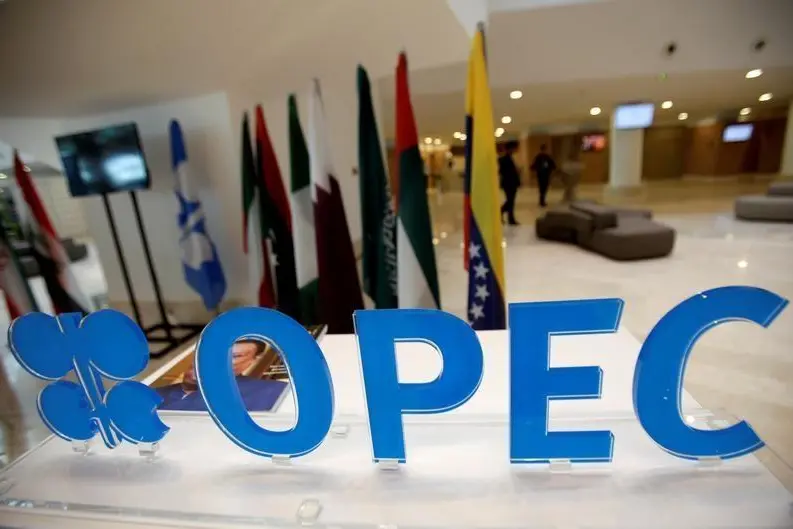PHOTO
(The opinions expressed here are those of the author, a columnist for Reuters.)
LAUNCESTON, Australia - The surprise decision by Saudi Arabia and other OPEC+ producers to cut crude oil output from May will likely achieve two things; a short-term boost to prices and a longer-term reassessment of bullish demand forecasts.
The OPEC+ group, which consists of the Organization of the Petroleum Exporting Countries and allies including Russia, said on Sunday they would reduce production by a further 1.16 million barrels per day (bpd) from next month.
This brings the total pledged output cuts by the group to around 3.66 million bpd, around 3.7% of global demand, and these are expected to remain in place until the end of the year.
Saudi Arabia, the world's leading oil exporter, said the additional reduction is precautionary and aimed at achieving stability in the global oil market.
The current Saudi definition of stability would appear to be a price somewhere above $80 a barrel, and it's likely that the rationale behind the unexpected cuts was to lift prices and keep them at a higher base.
If that was the thinking, it certainly worked, at least for now. Global benchmark Brent futures jumped at the open in Asia on Monday, surging as much as 8.4% to $86.44 a barrel, before easing slightly to around $85.04 around 0006 GMT.
Whether the rise in prices can be sustained is another question altogether.
Contained within the decision to cut output is the tacit admission that the demand side of the crude equation may not be as bullish as had been forecast by virtually every major energy body and the analyst community.
The International Energy Agency said last month it expects global oil demand to rise 2 million bpd to 102 million bpd this year, largely on the back of surging Chinese demand as the world's largest importer reopens its economy after ending its strict zero-COVID policy.
OPEC said in its latest monthly report on March 14 it expects world demand to rise by 2.32 million bpd in 2023, led by an increase of 710,000 bpd by China.
The decision to cut oil production by additional 1.16 million bpd flies in the face of these predictions of stronger demand, especially since the reduction is slated to last until the end of the year.
It's also worth noting that OPEC is already nowhere near meeting its existing targets, habitually underproducing with the latest example being a 70,000 bpd drop in output in March, taking the shortfall versus the quota to 926,000 bpd.
Imagine if the 10 OPEC members with quotas as part of the OPEC+ agreement were actually pumping to their targets and March's output was 926,000 bpd above the 24.49 million bpd actually produced.
Where would the Brent price be? Most likely it would have been well below the $79.77 a barrel it ended at on March 31, which was the closing price before Sunday's shock move to further cut output.
DEMAND DISAPPOINTING?
While not being privy to the discussions among the OPEC+ leaders, it's reasonable to assume they collectively saw reduced demand for their oil from May onwards.
Physical cargoes are arranged months in advance of delivery, so the exporters will already have a strong signal of what their customers are wanting for May and June, and logic follows that it wasn't as much as had been previously expected.
As is often the case, the X-factor is China. Demand there has been rebounding but there is always the threat refiners will turn to their ample stockpiles should they deem prices to have risen to far and too fast.
China doesn't officially disclose inventories and very rarely talks about them in public, but history suggests refiners are happy to dip into storages when prices are high and refill them when prices decline.
China has also been accumulating more oil than it is consuming, despite rising domestic demand and refinery processing rates.
About 270,000 barrels per day (bpd) of crude was added to commercial or strategic inventories over January and February, according to calculations based on official data.
While this was down from the 1.19 million bpd in December and the 740,000 bpd for 2022 as a whole, it still shows China has the ability to dip into stockpiles should it choose to do so.
It's possible the OPEC+ move to further cut output may result in an arm-wrestle with China, in which the Chinese baulk at buying more expensive oil and instead use inventories to meet rising domestic demand.
The opinions expressed here are those of the author, a columnist for Reuters.
(Editing by Lincoln Feast)





















